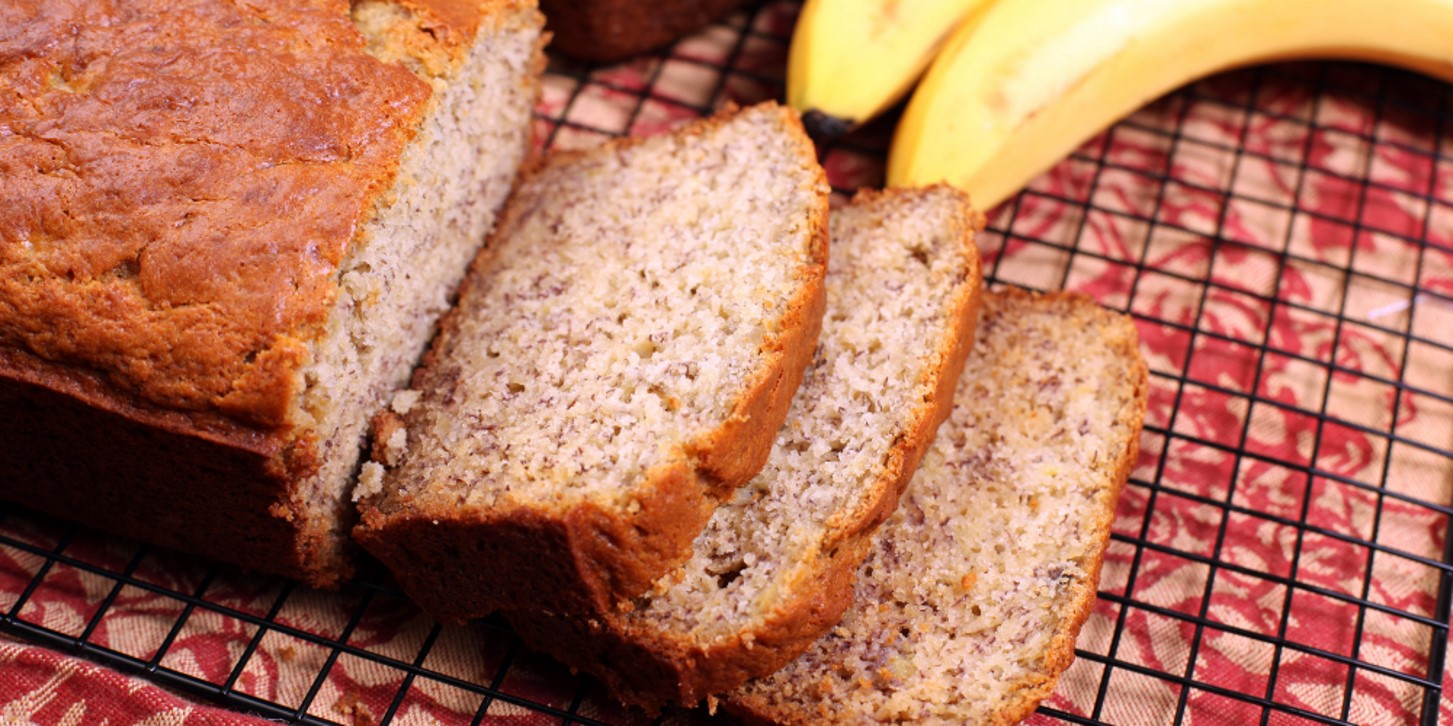Contact
Lindsey Sexton
Social Media Coordinator
Phone: 501-671-2398
Email: arsnaped@uada.edu
Bananas

Americans consume an average of 29lbs of bananas each year. So it’s no wonder that next to apples, bananas have held its place as America’s favorite fruit for quite some time.
Why should I eat bananas?
Despite their reputation, bananas may be a super food after all. Bananas provide Vitamin B6, Fiber, Potassium, Magnesium, Vitamin C, and Manganese. And while there are 28 grams of carbohydrate in one medium banana; the type of carbohydrate in bananas is classified as resistant starch, which functions similarly to dietary fiber. Meaning the starch is not broken down in the small intestine so it causes less glucose to be released into the bloodstream. This produces a greater feeling of satiety as the starch is digested slowly.
One serving, or one medium ripe banana, provides about 110 calories, 0 gram fat, 1 gram protein, 28 grams carbohydrate, 3 grams fiber, and 450 mg potassium.
What can I make with bananas?
There are so many ways to make the most of this nutrient packed snack. Some easy ways to use bananas are in popsicles, breads, muffins, smoothies, and as substitutes in your own recipes.
Even when they get brown and are no longer good to eat by themselves, don’t throw them away! You can substitute an equal amount of mashed banana for the butter or oil that is called for in baked goods. Simply reduce the oven temperature by 25°F.
You can also, slice a ripe banana into a fruit salad. Squeeze a bit of acid like apple cider vinegar, orange juice, lime, or lemon onto the bananas to prevent darkening too quickly.
For a frozen treat, slice a banana in half and insert a popsicle stick or skewer into the flat end. Dip banana into yogurt and coat evenly; sprinkle with nuts, chopped dried fruit, cinnamon, or other favorite toppings and freeze for several hours.
For an easy dairy-free ice cream alternative, cute two medium bananas in half and place in the freezer for 30 minutes. Next, place the near frozen bananas in a blender or food processor with a few tablespoons of liquid (water, dairy or plant milk, or coconut water). Blend until smooth. Add extra liquid if additional creaminess is desired. For additional flavors, add 1-2 tablespoons unsweetened cocoa powder or nut/seed butter, a splash of vanilla extract and cinnamon, or ½ cup frozen berries.
If you aren’t able to cook with the bananas right away, they can be placed in a ziptop bag in the freezer until you are ready to use them. Simply thaw and mash them into your favorite recipe.
How to store bananas
Bananas should be stored at room temperature away from direct sunlight. Refrigerating green bananas can disrupt normal ripening.
To speed up ripening, store in a brown paper bag or place near ripe fruit, which emits ethylene gas that causes ripening. On the flipside, if you wish to slow ripening, store bananas away from other ripe bananas or fruits. Storing bananas in plastic bags is not recommended. traps moisture and promotes rotting.
Fully ripe golden yellow bananas may be stored in the refrigerator. Refrigeration will preserve the flavor for another week, even if the peels continue to darken.
Classic Banana Bread

This banana bread recipe packs in 3 large bananas per loaf! It’s a terrific way to use over-ripe bananas.
Serves 12
- 3 banana (large, well-ripened)
- 1 egg
- 2 tablespoons vegetable oil
- 1/3 cup milk, fat-free
- 1/3 cup sugar
- 1 teaspoon salt
- 1 teaspoon baking soda
- 1/2 teaspoon baking powder
- 1 1/2 cups flour
- Wash hands with soap and water.
- Preheat the oven to 350 degrees.
- Peel the bananas. Put them in a mixing bowl. Mash the bananas with a fork.
- Add the egg, oil, milk, sugar, salt, baking soda, and baking powder. Mix well with the fork.
- Slowly stir the flour into the banana mixture. Stir for 20 seconds until the flour is moistened.
- Lightly grease the bread pan with a little oil -OR- cooking spray -OR- line it with wax paper.
- Pour the batter into the bread pan.
- Bake for 45 minutes until a toothpick inserted near the middle comes out clean.
- Let the bread cool for 5 minutes before removing it from the pan.
Nutrition Facts per serving
Calories 137
Fat 3g
Protein 3g
Fiber 1g
Sodium 328mg
Carbohydrate 26g